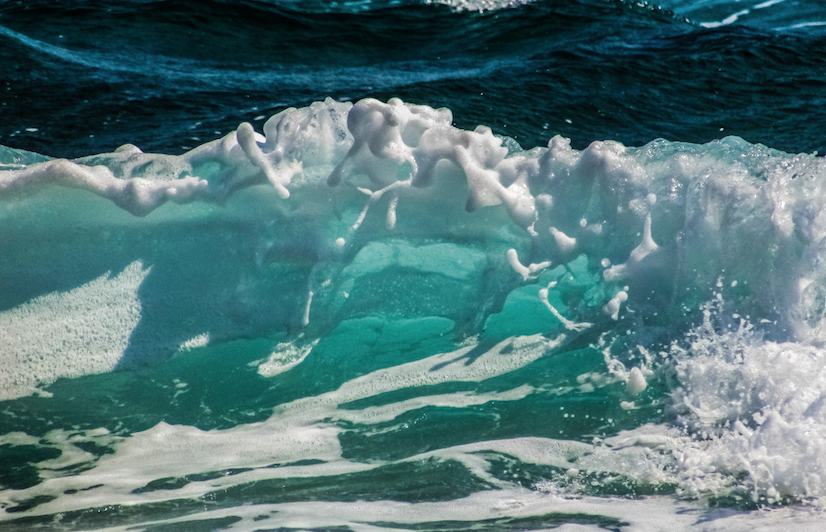AW-Energy’s WaveRoller ocean energy system passed a certification milestone for an installation in Portuguese waters with a survey by Lloyd’s Register.
WaveRoller taps the unused ocean energy resource that is readily available also for many locations where other renewable energy sources cannot be fully due to limited available on-shore area or other considerations.
Lloyd’s Register surveyors inspected the WaveRoller manufacturing to ensure that the manufacturing processes were in accordance with the specified codes and standards; that the components were in accordance with the accepted drawings and that the manufacturing process and final product is to an acceptable quality and fit for purpose.
This manufacturing certificate issued in the ocean energy sector follows the technology certification and design certification. These certification milestones demonstrate AW-Energy’s commitment to best practices to ensure the safety and reliability of the technology and thus ensuring dependable project returns.
The WaveRoller is a device that converts ocean wave energy to electricity. The machine operates in near-shore areas (approximately 0.3-2 km from the shore) at depths of between 8 and 20 meters. Depending on tidal conditions it is mostly or fully submerged and fixed to the seabed. A single WaveRoller unit (one panel and PTO combination) is rated at between 350 kW and 1000 kW, with a capacity factor of 25-50% depending on wave conditions at the project site. The technology can be deployed as single units or in farms.
The back and forth movement of water driven by wave surge puts the WaveRoller panel into motion. To maximize the energy that the WaveRoller panel can absorb from the waves, the device is installed underwater at depths of approximately 8 – 20 meters, where the wave surge is most powerful. A single panel absorbs 1.5-2 MW of power from the wave surge. The panel spans essentially the entire depth of the water column from the seabed up to the water surface level.
As the WaveRoller panel moves and absorbs the energy from ocean waves, hydraulic piston pumps attached to the panel pump hydraulic fluids inside a closed hydraulic circuit. All the elements of the hydraulic circuit are enclosed inside a hermetic structure inside the device and are not exposed to the marine environment. Consequently, there is no risk of leakage into the ocean.
The high-pressure fluids are fed into a power storage and smoothing system, which connects to a hydraulic motor that drives an electricity generator. The electrical output from this renewable wave energy power plant is then connected to the electric grid via a subsea cable.
The surge phenomenon is a universal event that occurs when waves approach the shoreline. Waves in deep water are essentially water particles moving in a circular motion. As waves approach the shore, they start “shoaling” as some of the water particles moving in a circular motion meet the seabed. This interaction with the seabed elongates the circular motion into a horizontal elliptic shape. This in turn amplifies the horizontal movement of the water particles in the near-shore area, creating a strong surge zone, which is the optimal location for the WaveRoller.
The SURGE2 project follows the successful SURGE project, where AW-Energy demonstrated the technology with a grid connected device producing electricity to the Portuguese grid from a site fully exposed to the ocean storms.
This project, SURGE2, is also designated the project and has been designed to meet ESB’s WestWave requirements. Manufacturing of the main components for this new industry (begun in 2016) have been sourced globally – Canada, Finland, Italy, Portugal, Spain, Turkey and UK; the main subsystems are the foundation, power take off, panel and panel bearings. The project was financed by AW-Energy and a loan from Finland’s TEKES (now Business Finland). Completion of the site is underway before the deployment takes place.
Manufacturing of the main components of the WaveRoller have been sourced in Canada, Finland, Italy, Portugal, Spain, Turkey and UK.
The WaveRoller technology is installed and operating in the nearshore area with easy access to the site, protected from extreme conditions with a minimized balance of plant infrastructure cost
It captures power with a bottom fixed panel (oscillating wave surge converter) – highly efficient power capture, can operate in low-, mid- and high-sea states with no cut-off and with only one moving part.
It converts movement to electricity using an onboard power storage and hydraulic system – smooth and grid-compatible power output, ability to establish and support grid and low maintenance design with on shore substation.





